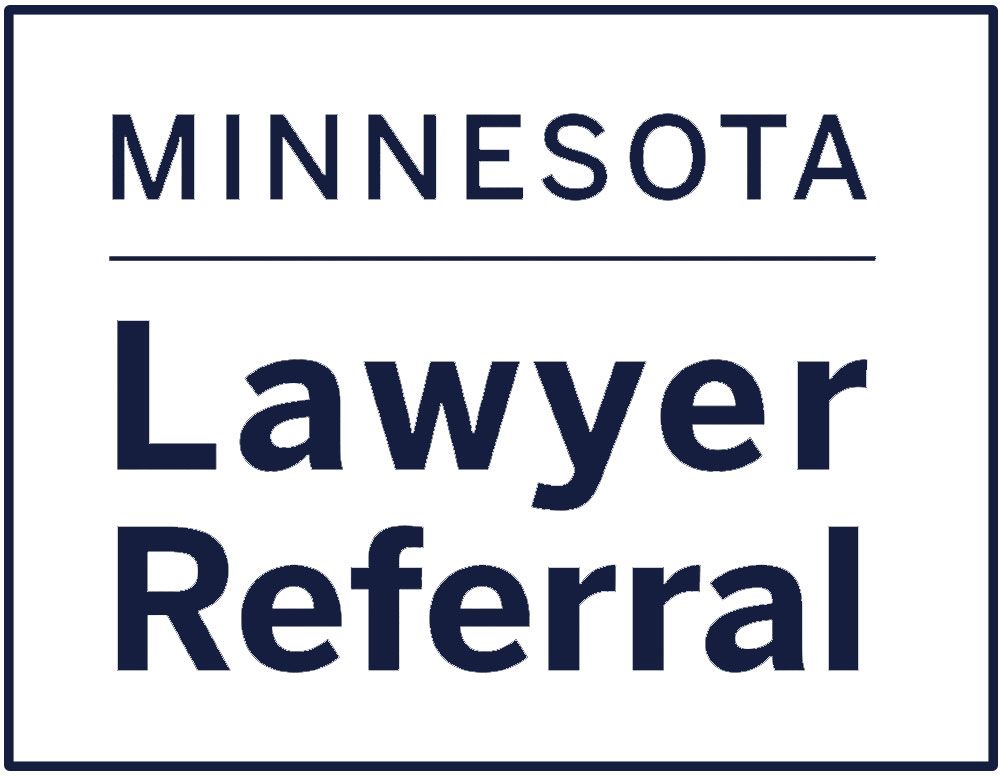
In today’s diverse and inclusive society, promoting equality and preventing discrimination in educational settings are of the utmost importance.
Schools have responsibilities beyond simply educating students. They must also maintain an environment where all students can thrive regardless of their race, ethnicity, gender, religion or disability.
Although people might want to believe modern ideas about equality and decency are enough to protect students, that’s unfortunately not always the case. There are a number of federal and state anti-discrimination laws in place to formalize requirements and ensure every student is treated with dignity.
Foundations of Anti-Discrimination Laws
At the federal level, anti-discrimination laws in schools are primarily governed by Title VI of the Civil Rights Act of 1964. This prohibits discrimination on the basis of race, color or national origin in any program or activity receiving federal financial assistance.
Title IX of the Education Amendments of 1972 also prohibits discrimination on the basis of sex in educational programs or activities that receive federal funding. These laws are reinforced by other federal statutes such as the Individuals with Disabilities Education Act (IDEA), the Americans with Disabilities Act (ADA) and the Rehabilitation Act of 1973, which prohibit discrimination against individuals with disabilities.
Understanding Discrimination in an Educational Setting
When it comes to education, discrimination is not always straightforward and may take various forms.
- Admissions: Schools are prohibited from discriminating against applicants based on protected characteristics such as race, ethnicity, gender, religion or disability.
- Educational Programs and Services: Schools must provide equal access to educational opportunities and support services regardless of a student’s protected characteristics.
- Harassment: Schools have a duty to address and prevent harassment or bullying based on protected characteristics. Although the rules are intended to create a safe and inclusive learning environment for all students, the application and effectiveness of anti-bullying efforts often leave much to be desired.
- Discipline: School discipline policies must be applied in a fair and non-discriminatory manner. This should ensure that students are not disproportionately targeted based on their race or other protected characteristics.
Affirmative Action in College Admissions
While the primary focus of anti-discrimination laws in education is to prevent bias and promote equal opportunities, affirmative action in college admissions was a strategy used by some institutions to promote diversity. Affirmative action involves considering an applicant’s race, ethnicity or other protected characteristics as one factor among many in the admissions process.
A Supreme Court decision in 2023 struck down the use of race in college admissions, overruling a 2003 decision that held that race could be considered as one factor among many in student admissions. There are many arguments for and against this change, but it hasn’t necessarily removed every mechanism by which schools can regulate the makeup of their student body.
Other Types of Discrimination in Schools
Race is far from the only type of discrimination schools must guard against. Issues still arise with gender discrimination, disability discrimination, discrimination pertaining to sexual orientation and gender identity and religious discrimination.
A recent case involving a high school football coach leading prayers with players after games went all the way to the Supreme Court (where they ruled his prayers qualified as private speech and couldn’t be restricted by the school district).
There was another recent case involving a school denying permission for a disabled student to bring their service animal on campus (which the student eventually won at the Supreme Court).
There are also many ongoing cases pertaining to the participation of transgender women athletes in women’s sports as well as the ability of students to use bathrooms that correspond with their gender identity.
It’s often up to lawyers to help establish precedent via advocacy for clients and persuading higher court judges. Alternatively, legislators in some states, including Minnesota, are attempting to preempt these issues by drafting legislation to cover discrimination scenarios.
For example, the Minnesota Court of Appeals has ruled that students must be allowed to use the locker room that aligns with their gender identity. The decision upheld the state’s Human Rights Act which extends a variety of protections to transgender students, including the ability to participate in athletics or use bathrooms that align with the student’s gender identity.
These issues aren’t ever entirely settled, especially given mixed public opinion. Parents who are worried their student is being discriminated against due to school policy or the failure of a school to enforce existing laws should consider contacting a civil rights lawyer.
Pair with a Skilled Civil Rights Attorney in Minnesota Today
If you or a loved one has experienced educational discrimination based on factors like race, gender, age, disability, religion or other protected characteristics, our team at Minnesota Lawyer Referral can help you find an experienced civil rights attorney who will help you every step of the way.
Contact us today at (612) 752-6699 to schedule a consultation.




